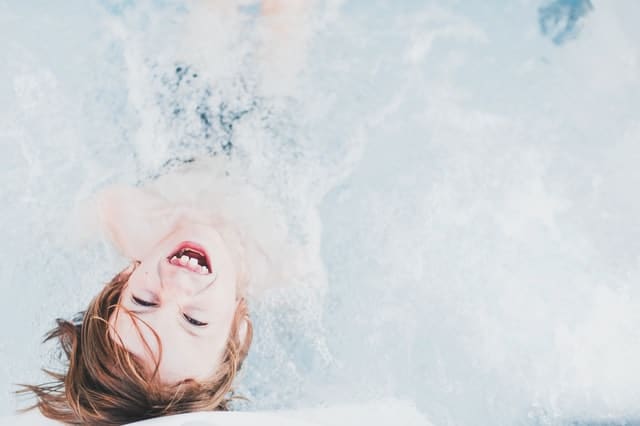3 Budget-Free Ways To Teach Children How To Stay Safe Around Water
Posts contain affiliate links, see disclosure for more details.

Every year, an average of 50 children drown in the UK, according to a report published on ROSPA. Swimming, splashing water in the tub, and playing will it float are fun kids activities to do while stuck indoors. However, for your kids to enjoy playtime around water, you must prioritize safety. It’s important to understand that kids are at high risk of getting injured and drowning in bathtubs, buckets, children’s pools, drainage ditches, and ponds. As a parent, you want to ensure your children are safe whenever they’re near water sources. To achieve the best results, check these tips for teaching children how to stay safe around water.
Enforce Water Safety Rules
Teaching your kids water safety rules should be at the top of your priority list. Train your kids never to dive in shallow waters because they could hit the floor surface or submerged objects, resulting in severe head and spinal cord injuries. Also, discourage them from pulling and pushing others in the water. Most importantly, emphasize the importance of wearing life jackets and adult supervision when kids are playing in and around water.
Enroll Your Child In Local Swimming Lessons
Poor swimming abilities are one of the leading causes of accidental drowning in young children. That’s why you should sign up your child for swimming lessons at an early age. While private lessons can be costly, local pools offer summer classes on a budget. In fact, teaching your kid how to float will be worth the investment and improve their water survival skills. During swimming activities, your child will learn how and when accidents occur in the water. As a result, they’ll be cautious of risks and opt to stay out of water when they feel unsafe.
Discourage Swimming In Uncontrollable Waters
Moving water has hidden currents and tides that make it unsafe for swimming. Therefore, teach your kids that rivers, creeks, dams, and streams are off-limits. Aside from being pulled away by currents, there are other risks of swimming in open waters. Your child might get trapped in the water by weeds and other debris. Moreover, they may plunge into deep waters where the temperatures are too cold. Help your child understand that diving into cold waters isn’t as fun as it may sound because it causes a gasp response, which leads to the risk of drowning.
In most cases, drowning occurs in pools and open water bodies. However, young children can get injured or drown in unexpected places like buckets, bathtubs, and drainage ditches. To keep your children safe, advise them not to swim alone. Tell them about the risks of swimming in open waters and encourage them to wear life jackets when boating or swimming in rivers and lakes.






